Face to face with slavery

Although slavery was abolished long ago, there are still at least 40.3 million slaves in the world today. While the Norwegian Refugee Council (NRC)’s emergency response director, Jose Garcia Barahona, was in a refugee camp in Niger recently, he spoke to a young man.
“He told me he had been a slave,” says Barahona.
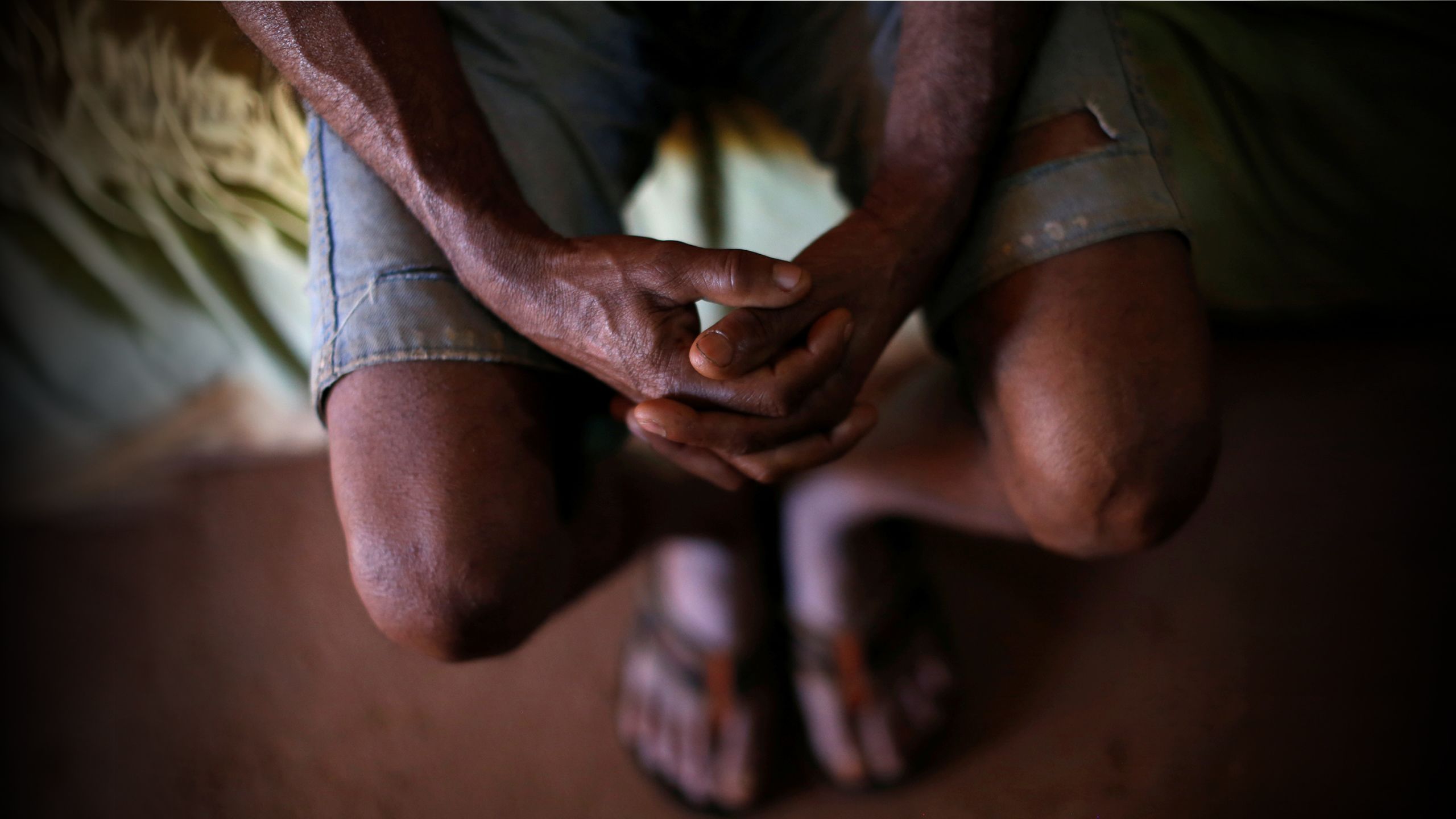
About 40 kilometres outside Niger’s capital Niamey, there is a refugee camp. When NRC’s emergency response director Jose Barahona visited the camp a few weeks ago, he followed his usual routine: he took a stroll and talked to people.
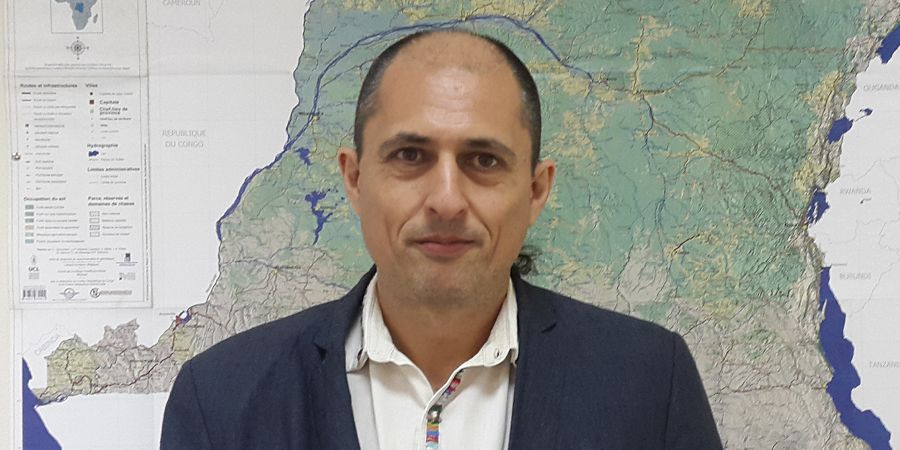
Jose Barahona is NRC’s emergency response director. His meeting with David made a strong impression on him. Photo: Private
Jose Barahona is NRC’s emergency response director. His meeting with David made a strong impression on him. Photo: Private
NRC established a presence in Niger in 2019. Mali, Burkina Faso and Nigeria are among the neighbours of this landlocked country. They are all located in the Sahel, a barren belt south of the Sahara – a region that extends the width of the African continent. The population here is ravaged by drought, violence and increasingly violent attacks by armed and radical groups. Millions have been forced to flee.
Read more about the Sahel here.
People from many different countries live in the refugee camp. Jose met a young man from Eritrea. They talked about football. About Manchester United, the young man’s favourite team. About how Jose, who comes from Catalonia, is a fan of Barcelona football club. After a while, his new friend invited Jose into his tent for a cup of tea.
To protect the safety of the young man in the refugee camp, Jose does not want to use his real name. So we will call him “David”.
“While we sat there talking, he told me he had been sold and abused. When I heard his story, I thought that this sounds like something from the era of slavery. It was like the films I remember from when I was a child, like the television series ‘Roots’,” says Jose.
“Roots” was a TV-series based on the book of the same name by author Alex Haley. The protagonist, Kunta Kinte, was the author’s ancestor, who was captured by slave traders in 1767 and sent to the United States to work on a plantation.
Jose adds:
“I never thought I’d meet a slave in the 21st century. But that’s what he had been.”
The modern reality
According to the UN refugee agency (UNHCR), the word “slavery” today covers a variety of human rights violations. In addition to traditional slavery and the slave trade, these abuses include the sale of children, child prostitution, child pornography, the exploitation of child labour, the sexual mutilation of female children, the use of children in armed conflicts, debt bondage, traffic in people and in human organs, the exploitation of prostitution, and certain practices under apartheid and colonial regimes.
People in need of international protection – such as migrants, refugees, internally displaced and stateless people – are often vulnerable to exploitation. Those without residence and work permits in their country of arrival are particularly vulnerable. They may be at risk of various forms of coercion in, for instance, the transit phase or when working in a new country.
A woman, who says she was a victim of sexual exploitation and calls herself “Claudia Osadolor” to protect her identity, works as a tailor after getting the support of a Nigerian organisation in Benin City. Picture taken in July 2019. Photo: Nneka Chile/Reuters/NTB Scanpix
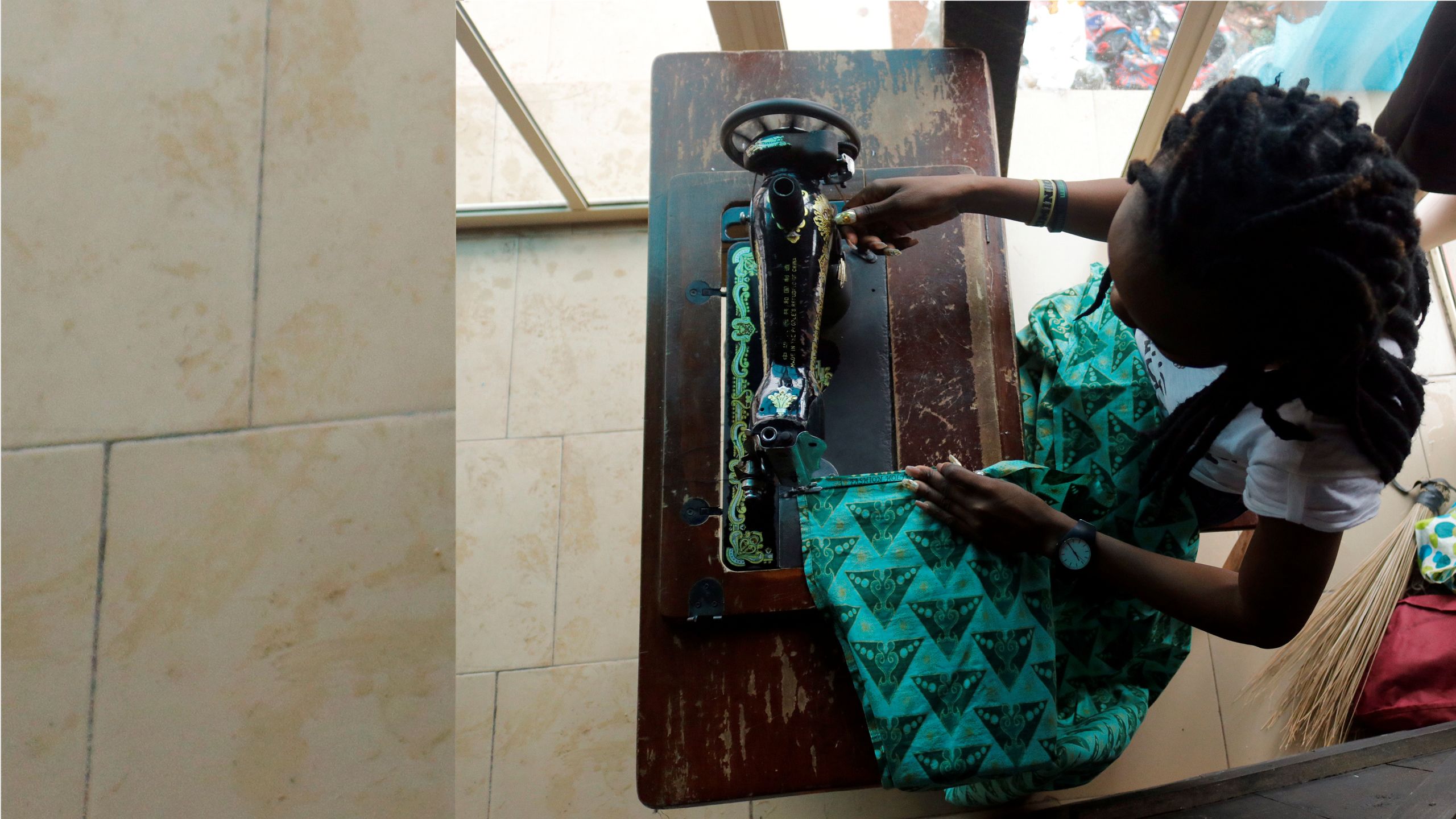
Slaves in every country
In the West, when we think of slavery, we generally think of the transatlantic slave trade which flourished from the 16th to the 19th centuries. This deadly trade saw millions of Africans captured and shipped to the New World by Europe’s colonial powers. It had a devastating impact on many parts of the African continent, and its effects are still being felt to this day.
Denmark was the first European country to abolish slavery in its overseas territories in 1792, and other countries slowly followed suit. We tend to think of the slave trade as a thing of the past – but tragically, it is still alive and well.
According to the 2017 Global Estimates of Modern Slavery created by the International Labour Organization (ILO), the International Organization for Migration (IOM) and the Walk Free Foundation, over 40.3 million people are subjected to modern slavery – and the number is growing rapidly. Of those 40.3 million, 25 million are in forced labour and 15 million are in a forced marriage. Displaced people are particularly vulnerable to this form of exploitation.
There are slaves in every country today. A 2018 report from the Global Slavery Index, for example, estimates that there are as many as 136,000 slaves in the United Kingdom. Read more about the report here.
Olaudah Equiano (c.1745-1797) was a writer and abolitionist from the Kingdom of Benin (today southern Nigeria) who was sold into slavery as a young man. He published an autobiography later in life in which he describes the horrors of the slave trade:
“It was very common ... for the slaves to be branded with the initial letters of their master’s name; and a load of heavy iron hooks hung about their necks. Indeed on the most trifling occasions they were loaded with chains; and often instruments of torture were added. The iron muzzle, thumb-screws, &c. are so well known, as not to need a description, and were sometimes applied for the slightest faults. I have seen a [slave] beaten till some of his bones were broken, for even letting a pot boil over. Is it surprising that usage like this should drive the poor creatures to despair, and make them seek a refuge in death from those evils which render their lives intolerable?”
(From «The Interesting Narrative of the Life of Olaudah Equiano”, 1789)
Early editions of Olaudah Equiano`s book came with this portrait, which is the only surviving portrait of the author. The engraving is probably based on a lost miniature painting by William Denton. Photo: Wikimedia Commons
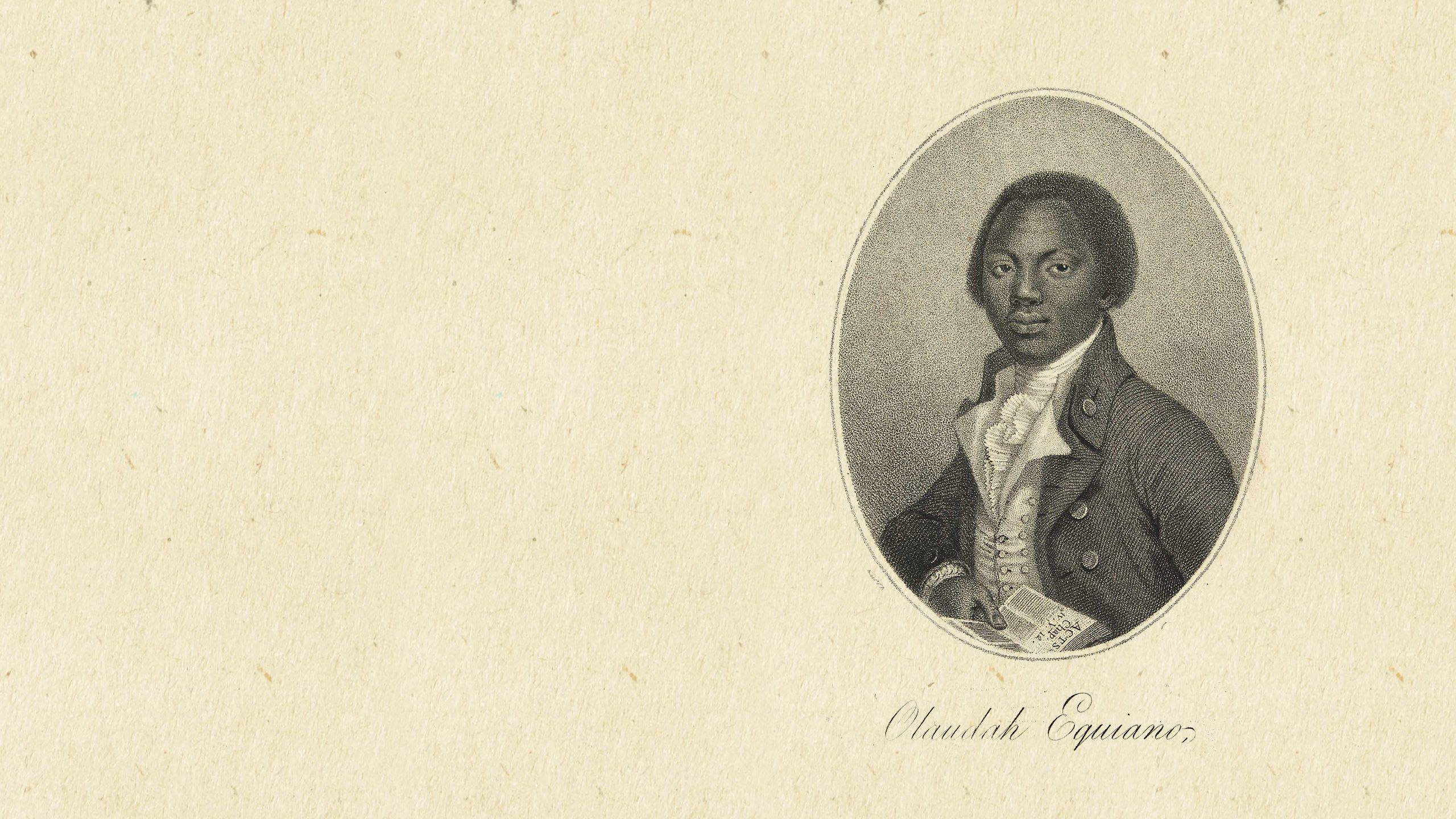
David hopes to receive refugee status from UNHCR.
“He spoke good English and told me he was studying at university in Eritrea, but he didn’t want to enter the military. So, he saved his money to travel to another country. His goal was to get across the border to Ethiopia, where he would try to get a job and start a new life.
“In 2015, David paid smugglers to drive him by car across the border. He also paid the border guards on both sides. Before he knew it, he had arrived. It all took just a few hours.”
Another border
“Slavery” is a system where a group of people are the property of others in such a way that they can be exploited unconditionally. Forced labour, human trafficking, the worst forms of child labour and forced marriage are also considered slavery.
Jose goes on to say:
“As an Eritrean with no papers in Ethiopia, it was very difficult to get a job. He tried for a long time, but eventually had to give up. David got to know several people in the same situation. Some said he should join them in Sudan, where it would be easier to enter the labour market. Again, David paid smugglers to help him across a border.
“They were driving a van. When they arrived at a city on the border with Sudan, they met a contact person as agreed. He drove them in his van about as far as Sudan’s capital, Khartoum.
“When they got out of the car, they were held back. Then they were locked inside what David calls ‘a hole’.” Jose thinks it might have been a garage or something similar. The smugglers said: “Take it easy, we’re going to get you where you’re going. We just have to keep you here for a while.”
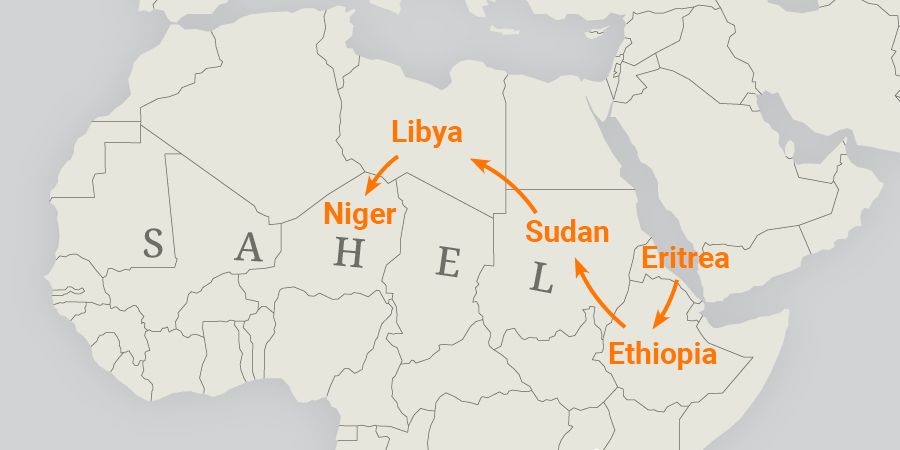
David´s journey
David´s journey
Nadia Murad gave slavery a face. She is an Iraqi Yazidi human rights activist. The United Nations appointed her the first Goodwill Ambassador for the Dignity of Survivors of Human Trafficking. In 2018, she was awarded the Nobel Peace Prize.
Photo: RYOT Films/Oscilloscope/Kobal/Shutterstock(10406128e)/NTB Scanpix. Nadia Murad 'On Her Shoulders' Documentary - 2018
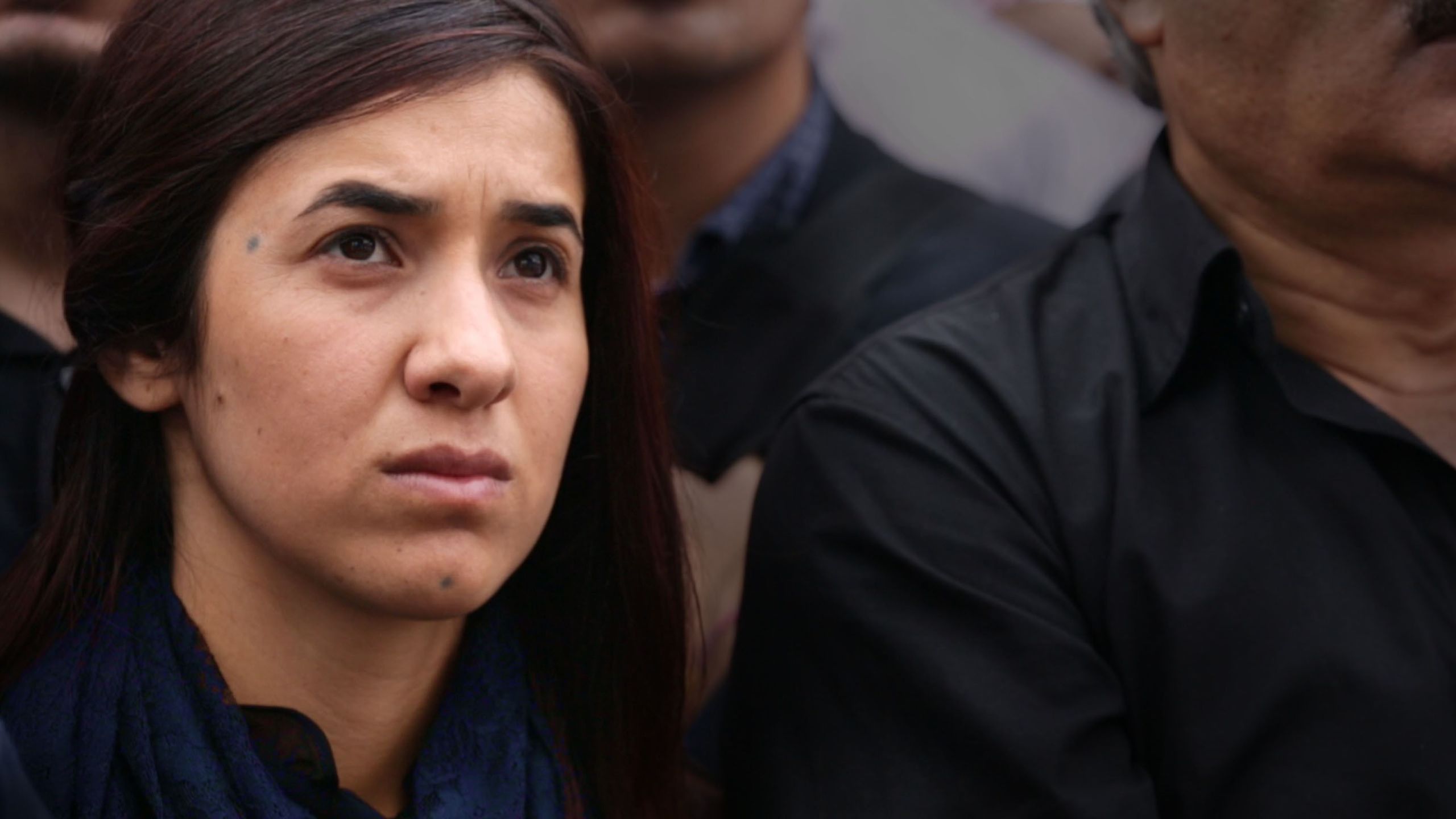
Slave markets
The Universal Declaration of Human Rights states that “no one shall be held in slavery or servitude. Slavery and the slave trade shall be prohibited in all their forms.”
But in 2017, the US television channel CNN received a video that shook the world. It was filmed with a mobile phone somewhere in Libya. The picture quality was unclear, but there was no way of mistaking what it showed: A slave market.
We see a man who has been pushed forward. He seems to be in his 20s and is said to be from Nigeria. He is wearing a shirt and loose pants. Someone has placed a hand on the man’s shoulder, the hand holds firmly the entire time – as if to emphasise ownership of the “merchandise”. We hear a voice: “Eight hundred. Nine hundred… one thousand… 1,100….” Sold. For 1,200 Libyan dinars (around USD 800).
To investigate the report, a CNN reporter travelled to Libya. With a hidden camera, she and a colleague arrived at a privately owned property outside Libya’s capital Tripoli. They witnessed the sale of 12 people. It all took between six and seven minutes. The auctioneer, dressed in camouflage clothing, says: “Does anyone need to do some digging? This is a real digger, a big, strong man, he will dig”. And: “What do you bid? What do you bid?”
According to CNN, the video material was handed over to the Libyan authorities to investigate the matter.
Violence, rape and death
“We were not many days in the merchant’s custody, before we were sold after their usual manner, which is this: on a signal given (as the beat of a drum), the buyers rush at once into the yard where the slaves are confined, and make choice of that parcel they like best. The noise and clamour with which this is attended, and the eagerness visible in the countenances of the buyers, serve not a little to increase the apprehension of terrified Africans... In this manner, without scruple, are relations and friends separated, most of them never to see each other again.”
(Fra «The Interesting Narrative of the Life of Olaudah Equiano”, 1789, oversatt av Flyktninghjelpen)
Some of many gruesome tools that were used on human beings. Foto: Wikimedia Commons
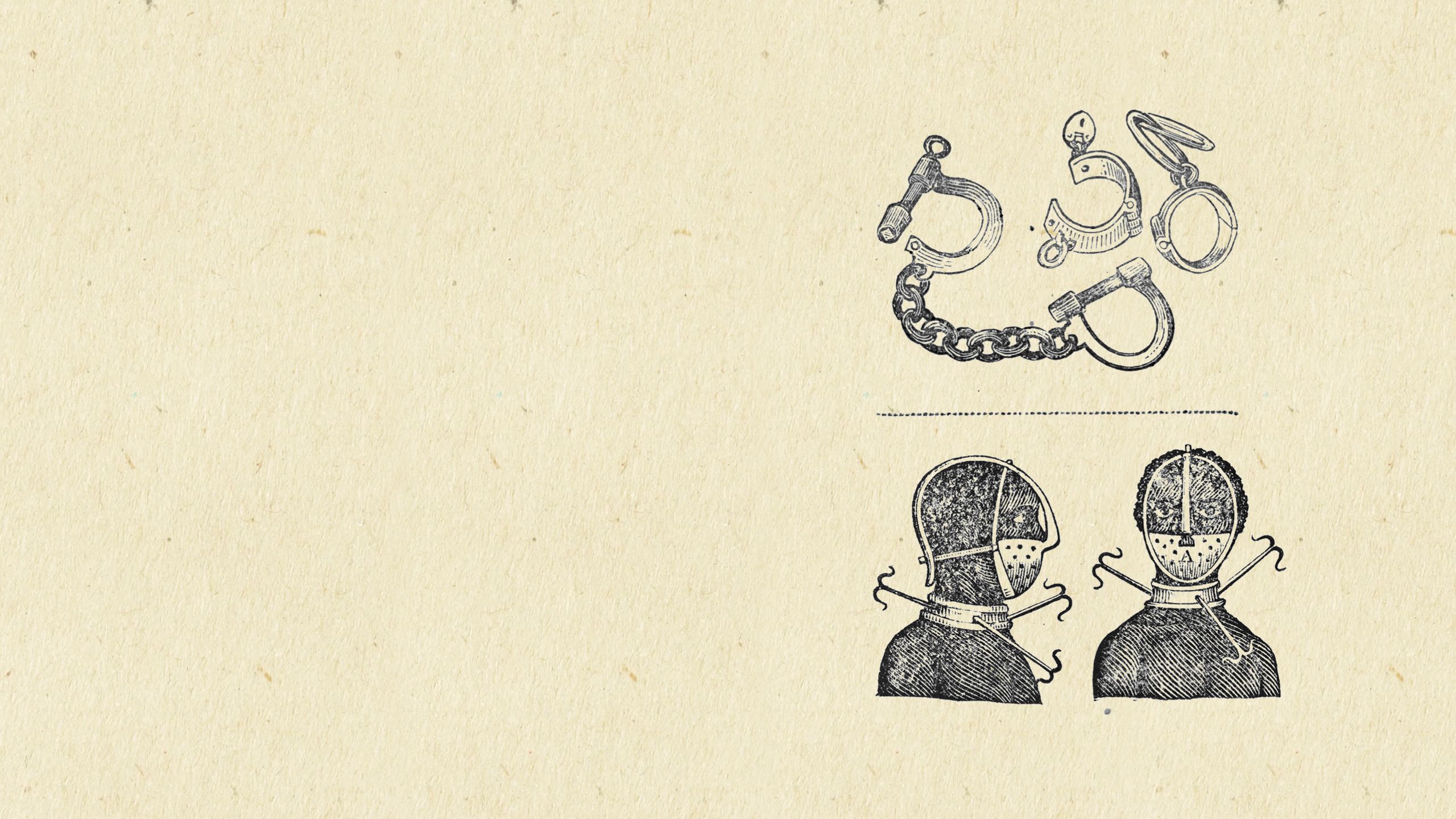
“After being locked in for a few weeks, David and the others were told to get into the van to make the drive to Libya. After many hours, the car stopped in the desert. There, the prisoners were passed on to the Libyan mafia. Again, they were locked inside what David describes as ‘a hole’.
“It was completely dark in the hole. With no light, it became difficult for David to distinguish day from night. He doesn’t know how long he was there. They were given little food. They were regularly subjected to violence and abuse. They were regularly raped.
“Finally, one day they took David outside and put a mobile phone in his hand: ‘Call your family and ask them to send us money. If not, you’ll stay here longer.’
“At that time, David was so worn down that he couldn't help but call home. Crying, he begged his family to send the sum of money the smugglers were asking for to release him.” .
Sold again
Libya borders the Mediterranean Sea in the north and is thus a close neighbour of Europe. The country has become a major gateway for refugees and migrants travelling from Africa to Europe.
Read more about Libya and NRC here.
Jose takes a sip of water. We are sitting on opposite sides of the table in one of the meeting rooms at NRC’s headquarters in Oslo. He puts the glass down and says:
“And maybe David’s family had to sell most of their possessions in order to raise the money?
“Anyway, David was locked up again. One of the worst things he experienced in captivity was having to witness the death of one of his friends.
“Finally, he was set free. They said: ‘Go down to the beach. There is a boat you can take to Europe.’ But this was a lie. David had been sold again. On the beach, he was tied up, blindfolded and thrown into a car.
“The car stopped somewhere on the coast. Again, David was locked up. And it was the same hell: violence, rape, hunger and people dying.
“He was there for a few months. It had been almost three years since he left his homeland when he was told to call home again. The family said they had no more money. But they managed to get in touch with a relative in the United States who gave them a loan.”
Other slave trades throughout history
Although the transatlantic slave trade was the biggest and most devastating example that we know about, slaves have been traded by different people around the world throughout recorded human history. For example, the Arab slave trade with Europeans lasted well into the transatlantic era. The Arabs traded slaves from the interior of Africa, southern and eastern Europe, the Caucasus and Central Asia. In North Africa, where thousands of slaves were sold each year, there were separate markets for white slaves.
“In the summer of 1627, Iceland received an unwelcome visit from the world beyond. The country was plundered by corsairs, slave traders from the Ottoman Empire…”, writes Aslak Sira Myhre, Director of the National Library of Norway (Norwegian newspaper Dagsavisen, 7 June 2019).
Among the Icelanders who were captured was the priest Olafur Egilsson. He later wrote that the crew on the boat that took him from Iceland were divided into two: Turkish soldiers in uniform, and Dutch, Norwegians and Englishmen. The leader of the raid went by the name of Murat Reiz. But 50 years earlier, he had been baptised as Jan Janszoon in the city of Haarlem in the Netherlands. After many years as a soldier and sea captain, he was captured by the Turks in a naval battle. Janszoon then served in the Turkish fleet and became an admiral in the Ottoman raiding fleet. He also led a raid in Ireland.
In our modern age, people are enslaved due to poverty, war and conflict, weak protection mechanisms in their country, climate change, environmental destruction, forced displacement, persecution, political and religious oppression, forced marriage, violence and severe discrimination. Displaced people are particularly vulnerable. They risk becoming victims of human trafficking and slavery in the country they seek refuge or while they are trying to get there.
An installation of concrete heads representing Africa’s enslaved ancestors, by Ghanian artist Kwame Akoto Bamfo, in Nuhalenya Ada, Ghana. The picture was obtained by Reuters in July 2019. Photo: Reuters/Handout/NTB Scanpix

Jose says that David used the last of his last money to buy a spot in a plastic boat heading for the Italian island of Lampedusa in the Mediterranean. His goal was now Europe. David had never been at sea before.
“There were 92 people in the boat. The smugglers themselves would not make the journey, but explained how the boat’s motor worked and they gave the migrants some gasoline and a GPS.
“But life as a free man did not last long. After 12 hours at sea, they were spotted by the Libyan coastguard, sent back to Libya and imprisoned,” Jose says, adding:
“Because of the precarious situation in the country, David was moved to three different prisons. Although the conditions there were harsh, he was never beaten or abused.”
Meeting with the sea
“The stench of the hold while we were on the coast was so intolerably loathsome, that it was dangerous to remain there for any time... The closeness of the place, and the heat of the climate, added to the number in the ship, which was so crowded that each had scarcely room to turn himself, almost suffocated us ... the air soon became unfit for respiration, from a variety of loathsome smells, and brought on a sickness among the slaves, of which many died... The shrieks of the women, and the groans of the dying, rendered the whole a scene of horror almost inconceivable.”
(From «The Interesting Narrative of the Life of Olaudah Equiano”, 1789)
Drawing from 1791, from a collection in the Wilberforce Museum in Hull, England, showing the Brookes slave ship. The publication of this image, according to the museum, provided the public with a clear visual representation of conditions on board slave ships for the first time. Photo: Wikimedia Commons
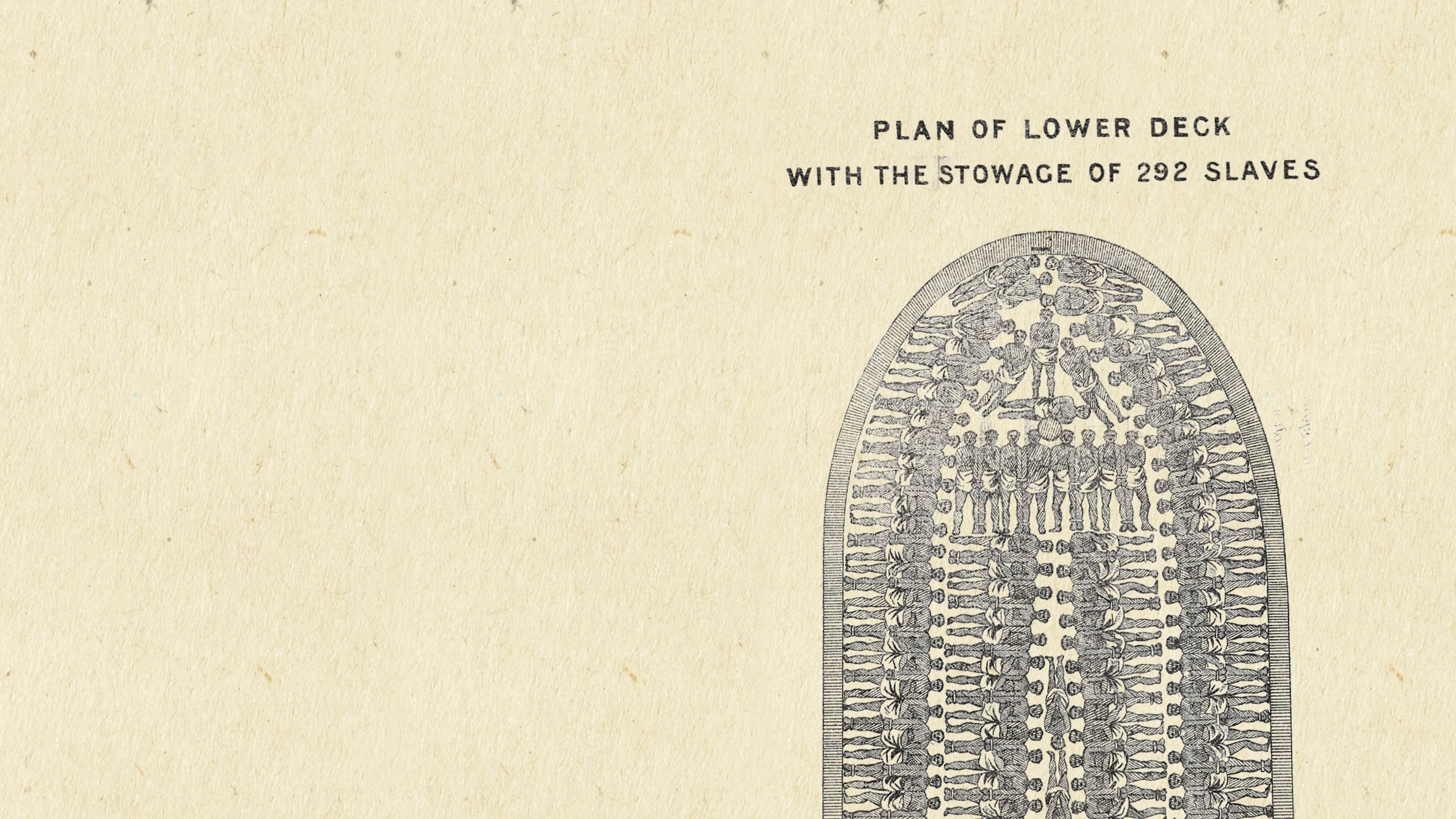
Released
The United Nations refugee agency (UNHCR) and the Nigerian authorities have been working since 2017 to put in place a scheme to evacuate 2,900 refugees currently imprisoned in Libya, to Niamey. When David was found by UNHCR, things moved pretty fast. He was flown to Niamey and sent to the refugee camp.
Here, David has his own tent. He receives food and other things he needs to manage on his own. NRC is providing camp management here. Other humanitarian aid organisations also have a presence in the camp. David dreams of leaving to live in a country in Europe.
After David shared his story and he and Jose had finished their tea, it was time to say goodbye.
But David and Jose still keep in touch. They are friends on Facebook.
"With an eye on the world – and sub-Saharan Africa". Portrait interview with Jose Barahona.
SOURCES: Great Norwegian Encyclopedia (Store Norske Leksikon), IOM, the Norwegian Government’s Assistance Programme against Modern Slavery, UN Special Rapporteur on contemporary forms of slavery, Mixed Migration Centre, UNHCR, Dagbladet, Wikipedia.

